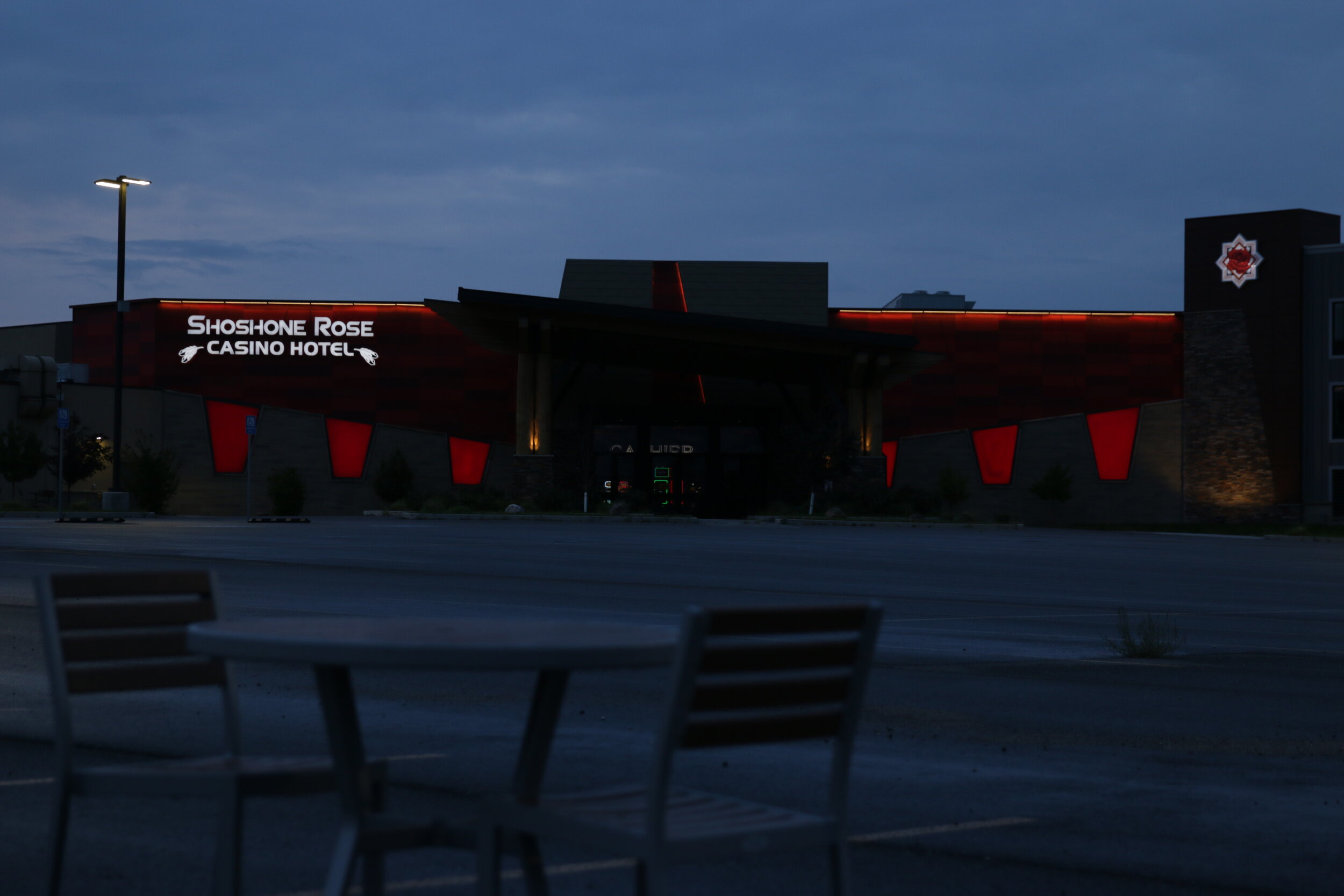Since the establishment of Yellowstone National Park in 1872, there have been two times in the park’s history that it has seen major closures. The first time was in September of 1988 when wildfires closed the park to all non-emergency personnel. The second time was in 2020, when Yellowstone National Park and neighboring Grand Teton National Park opened only partially and in stages, due to health and safety concerns surrounding the COVID-19 Pandemic. This work documents various impacts of COVID-19 on the Greater Yellowstone Ecosystem - a region that covers over 3,000 square miles, with Yellowstone National Park at its core. The project was made possible by the Larsh Bristol Photojournalism Fellowship at the University of Wyoming in Laramie.
Crowds & Closures: While Jackson Lake Lodge, Old Faithful Inn, and several more NPS locations remained closed for the 2020 season, other areas in the parks saw as many and sometimes more visitors than usual. Yellowstone reported record high visitation for the month of September that year. Campgrounds, lodges, dining and other amenities were limited despite the crowds. Communities surrounding the parks experienced varying levels of traffic, business, and visitation, while fearing impacts to public health and local economies.
Visible & Invisible Impacts: Masks and signage served as obvious indicators of the pandemic’s presence in the national parks in 2020. But the Greater Yellowstone Ecosystem expands well past the park boundaries, forming biological, cultural, political, and economic relationships with communities in the region that are less visible than more touristed locations. The Shoshone Rose Casino Hotel, on the Wind River Indian Reservation remained closed for the year starting in March, increasing rates of unemployment and adding to other socioeconomic challenges there. These factors, considered alongside the reservation’s disproportionate number of health disparities, placed the community at even higher risk in 2020.
In some ways, the nation saw more division and more interdependence than ever through COVID-19. But what does it say about our needs as a society that millions of Americans sought out the national parks and spent more time outside in 2020? The GYE is one of the largest nearly intact ecosystems on Earth and home to an incredibly diverse community of organisms. What can we learn from a place like this with such complex and diverse living systems? People visit the GYE from all over the world and it is easy to see why.


























